National Etruscan Museum of Villa Giulia

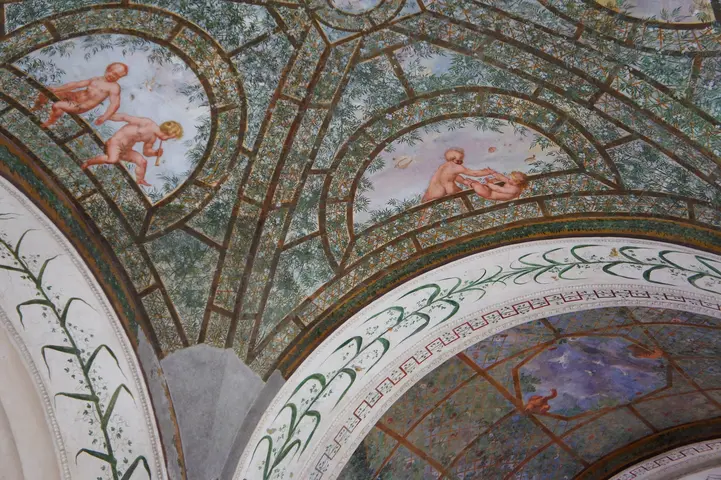
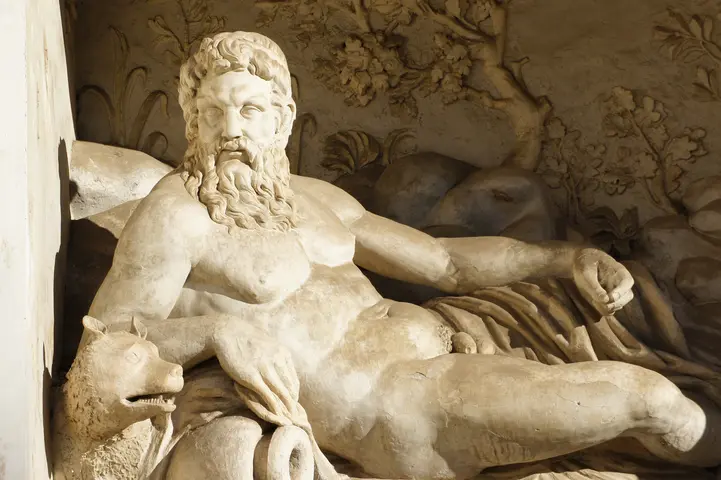
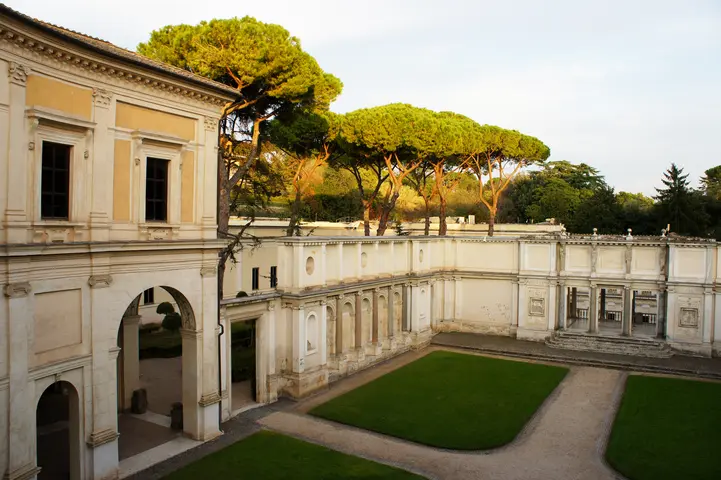
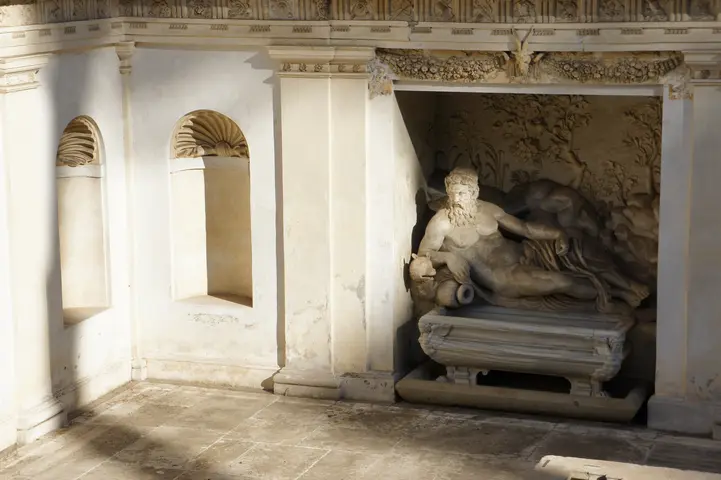
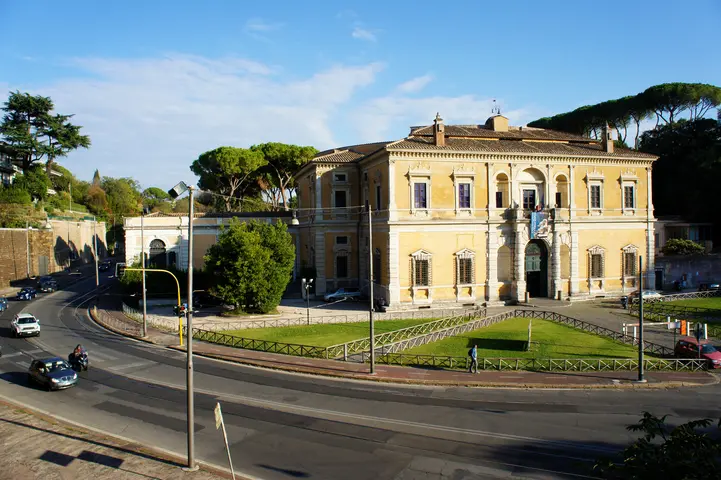
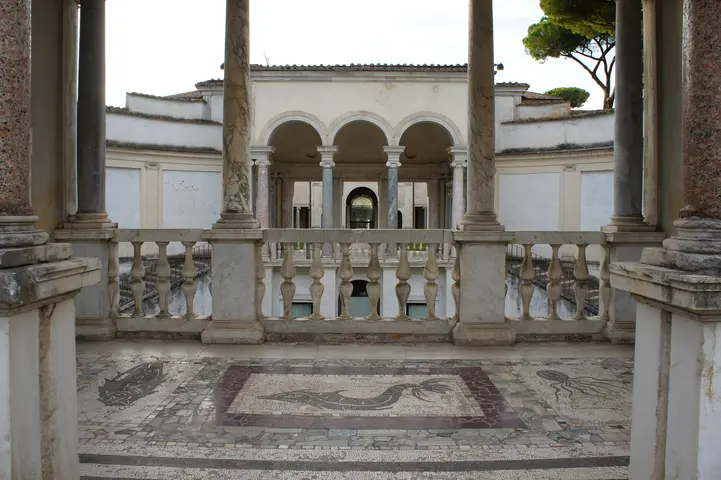
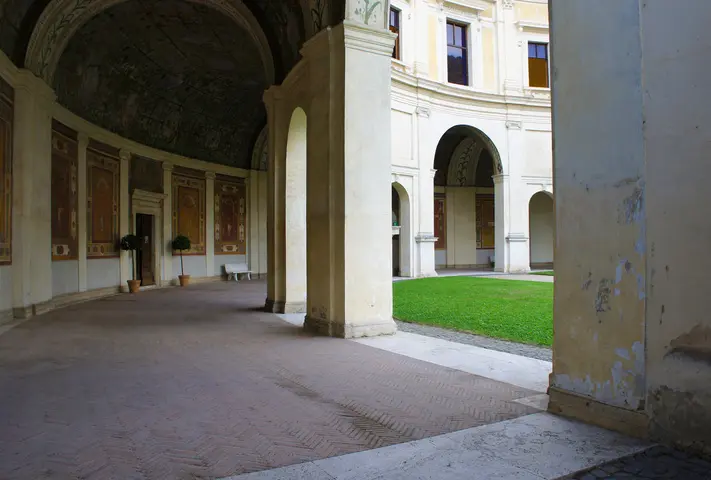
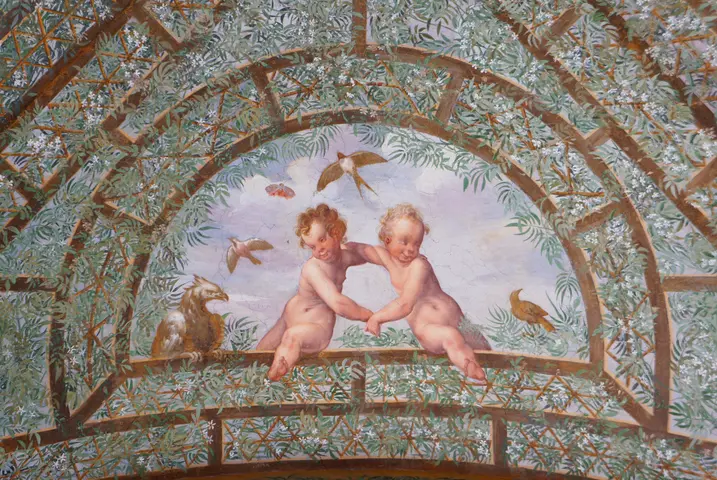
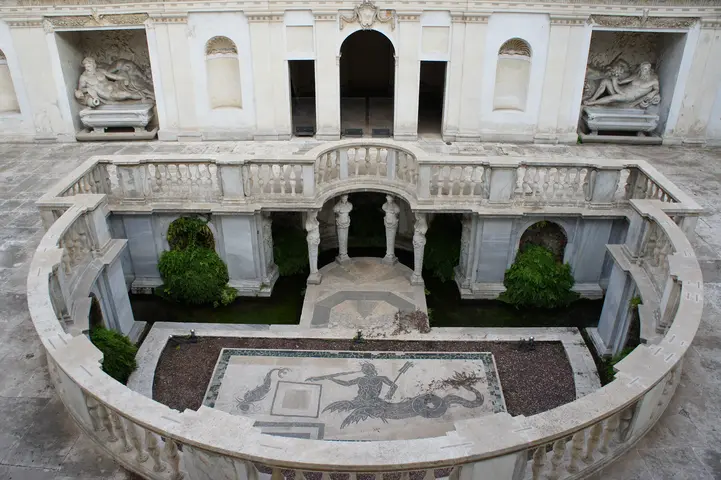
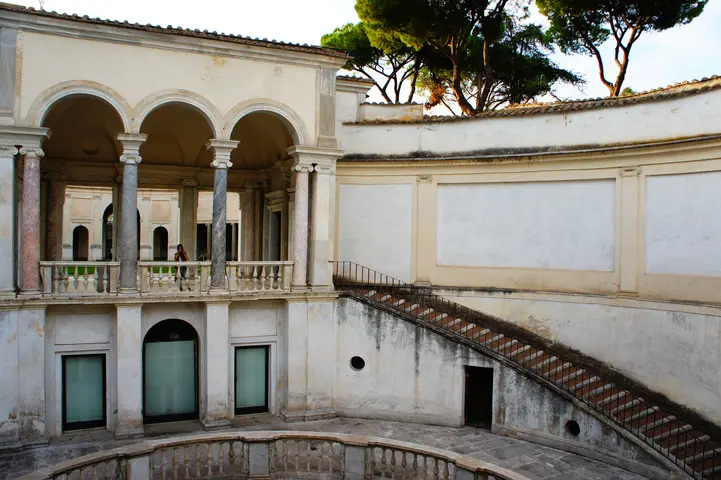
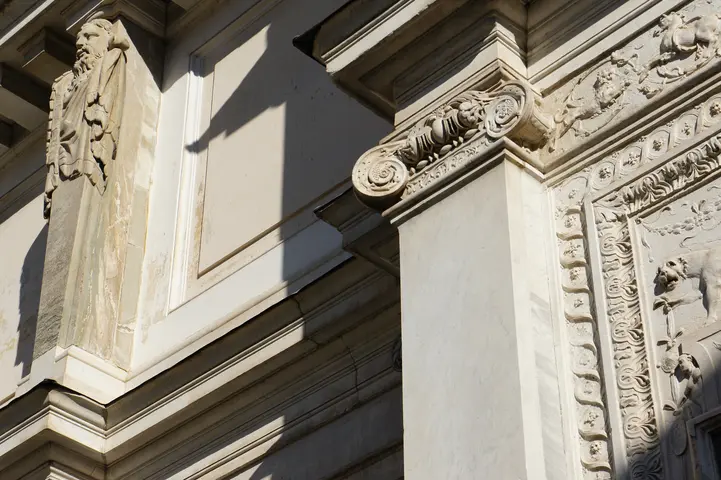
Introduction
The National Etruscan Museum of Villa Giulia in Rome greets visitors with a blend of historic grandeur and captivating ancient art. Designed for Pope Julius III, the villa later became a treasure house for Italy’s pre-Roman civilizations. Today, we can journey through Etruscan heritage in a space where Renaissance artistry and archaeological wonders meet, inspiring curiosity and pride in Italy’s deepest roots.
Historic Highlights
🏰 A Papal Retreat Transformed
The National Etruscan Museum of Villa Giulia began life as the opulent refuge of Pope Julius III in the 1550s. Boasting exquisite gardens, fountains, and frescoes by Renaissance masters like Vignola, Ammannati, and Vasari, Villa Giulia wove together luxury and creativity. Lively papal entertainments and gossip—including the infamous Innocenzo scandal—gave the villa a place in Rome’s colorful social lore. Today, its Renaissance nymphaeum and salons set the stage for Etruscan wonders.
“Spent the bulk of his time, and a great deal of papal money, on entertainments at Villa Giulia.”
— Contemporary account of Pope Julius III
🏺 From Villa to National Etruscan Museum
By the late 1800s, Villa Giulia entered a new chapter. Italian archaeologist Felice Barnabei spearheaded its conversion to the National Etruscan Museum in 1889, as part of a nation-wide drive to celebrate Italy’s ancient, pre-Roman roots. Gathering artifacts from Lazio, Etruria, and Umbria, Barnabei worked tirelessly to keep Italy's Etruscan heritage at home. Anecdotes tell of Barnabei personally walking dignitaries through musty halls, excited to display the "Sarcophagus of the Spouses." This touching terracotta tomb monument, dating to the 6th century BCE, became a symbol of both Etruscan artistry and Italian cultural pride.
“Recovering one of the most fascinating places of the Italian Renaissance for public use.”
— Official decree, Kingdom of Italy, 1889
🌳 Heritage Evolving Through Time
Over the decades, the museum’s collection swelled with treasures such as the Apollo of Veii, gold jewelry, and the Pyrgi Tablets—testimony to Etruscan skill and mystery. The museum weathered world wars and modernization, twice expanding: first with educational temple replicas in the gardens, and later by renovating nearby Villa Poniatowski, opened to the public in 2012. Even a dramatic jewel heist in 2013 ended with most pieces recovered, thanks to determined Italian art police.
🏛️ Guarding Art and Architecture
Conserving both ancient artifacts and Villa Giulia’s Renaissance architecture isn’t simple. The museum faces constant challenges from weather, pollution, and funding gaps. Yet, restoration teams work with care—refreshing frescoes, reinforcing stonework, and balancing modern needs with historical integrity. Today, Villa Giulia’s blend of Etruscan treasures and Renaissance genius offers visitors a journey across epochs.
💡 Visitor Tip
Pair a visit to Villa Giulia with a stroll through Villa Borghese park, and don’t miss the multimedia-enhanced Etruscan temple replica in the gardens for a deeper connection to ancient religious life.
Timeline & Context
Historical Timeline
- 1550–1555 – Villa Giulia constructed for Pope Julius III.
- 1870 – Italian unification leads to state acquisition of many church properties, including Villa Giulia.
- 1889 – Villa Giulia officially designated as the National Etruscan Museum.
- 1916–1939 – Major finds added: Apollo and Hercules of Veii.
- 1964 – Discovery of the Pyrgi Tablets.
- 1988 – Acquisition and restoration of Villa Poniatowski begins.
- 2012 – Public opening of Villa Poniatowski annex.
- 2013–2016 – Castellani jewelry heist and successful recovery.
- 2016 – Museum gains national autonomy status.
Villa Giulia’s Founding and Nationalist Purpose
Villa Giulia’s transformation into the National Etruscan Museum in 1889 was rooted in post-unification Italy’s fervor to establish a cohesive national identity. By highlighting Italy’s pre-Roman civilizations—especially the Etruscans—the museum provided a counterbalance to Rome’s imperial narrative, asserting the nation’s deep and diverse cultural roots. This move was both practical and symbolic: collecting vulnerable artifacts in one secure, public venue discouraged their sale abroad, and converting a former papal pleasure palace into a secular institution signaled a new era of state stewardship over heritage.
Collection Growth, Scholarship, and Display
The museum’s collections expanded dramatically in the early twentieth century, fueled by archaeological discoveries and donations like the Castellani Collection. Iconic objects such as the Sarcophagus of the Spouses and the Apollo of Veii embodied the Etruscans’ artistic sophistication and distinct identity. The display philosophy evolved toward grouping artifacts by their provenance, fostering contextual interpretation. What set Villa Giulia apart was its role as a center for Etruscan scholarship and public education, with a large library and academic collaborations underpinning both research and teaching.
Preservation, Architecture, and Adaptive Use
Villa Giulia itself is a case study in heritage conservation. Its Mannerist architecture, with nymphaea and myth-laden frescoes, is celebrated by art historians for blending classical motifs and Renaissance creativity. The museum’s adaptive reuse required sensitive interventions—modern lighting, climate control, and reinforced floors—executed to ensure reversible, minimal impact on historic fabric. ICCROM and Italian authorities have overseen restorations to address natural and human threats: water infiltration, fresco deterioration, and, most dramatically, artifact theft. Integrating Villa Poniatowski expanded public access and interpretation, reflecting modern museological trends.
Socio-Cultural Influence and Community Role
Beyond conservation and display, the museum shapes local identity as a “bridge” to Rome’s pre-Roman past. Educational programming, outreach events like Museum Night, and community rituals—from field trips to garden concerts—sustain its relevance across generations. Anecdotes about papal ghosts and couples inspired by the Sarcophagus of the Spouses speak to the museum’s place in local lore. Economic impacts, though modest compared to Rome’s blockbuster sites, are meaningful for local employment and tourism diversification, particularly for cultural tourists, scholars, and history enthusiasts.
Comparative Museology and National Narratives
In comparison with institutions like the National Roman Museum or Capitoline Museums, Villa Giulia illustrates Italy’s “dual heritage” approach: celebrating both Rome’s imperial legacy and the foundational, diverse cultures that preceded it. Its establishment paralleled the rise of state-led museums across Europe, often repurposing historic buildings. Still, it remains unique for its singular devotion to Etruscan and Italic civilization—a narrative echoed in its artifacts, its architecture, and its institutional mission.
Contemporary Challenges and Directions
Today, Villa Giulia navigates the complexities faced by heritage institutions worldwide: climate change, evolving visitor expectations, and the imperative to protect both built and movable heritage. The museum’s 2016 autonomy has allowed greater responsiveness, from fundraising to exhibition strategy. Events marking the centenary of Felice Barnabei’s death demonstrate a willingness to connect institutional history with broader archaeological discourse. The integration of technology—like immersive projections in the garden’s temple replica—signals an embrace of contemporary interpretive tools. Villa Giulia’s enduring significance lies in its synthesis of scholarship, community engagement, and the celebration of ancient artistic achievement within an enduring architectural masterpiece.